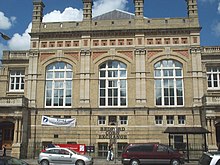


William Henry Powell FRIBA (1847 - 7 June 1900) was an architect primarily based in London and South Africa. [1]



William Henry Powell FRIBA (1847 - 7 June 1900) was an architect primarily based in London and South Africa. [1]
He was articled to Joseph Gardner of Folkestone from 1864 to 1867 and remained as his assistant until he moved to be assistant to Sydney Smirke for one year. He later formed a partnership with John Ladds as Ladds and Powell which lasted until around 1890 when he emigrated to South Africa.
In South Africa he set up a practice in Durban. On his death in 1900, his eldest son William continued the practice in Durban.
He was nominated ARIBA in 1873 and FRIBA in 1887.
He was born in 1847 in Lewes, Sussex, the son of Revd. William Powell (b. 1810) and Matilda Spencer Blaine (1810 - 1891).
He married Clara Welch (1852 - 1920), daughter of J.D. Welch of Herne Hill on 23 April 1873 [2] at St Paul's Church, Herne Hill, and they had five sons:
In 1889 he was cited in a divorce case by Ralph Thomas, a solicitor in practice in Chancery Lane on the grounds of his wife's adultery with Powell. [3] To escape the ensuing scandal, in 1890 he moved with his family to Ridge Road, Morningside, Durban, South Africa.

Sir Arthur William Blomfield was an English architect. He became president of the Architectural Association in 1861; a Fellow of the Royal Institute of British Architects in 1867 and vice-president of the RIBA in 1886. He was educated at Trinity College, Cambridge, where he studied Architecture.
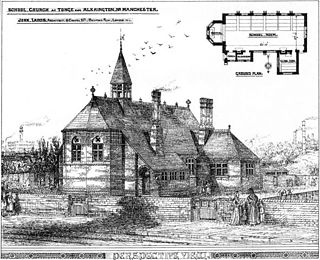
John Ladds, RIBA, was an architect best known for his work on churches and schools, very often church-affiliated schools.
Ernest Newton was an English architect, President of Royal Institute of British Architects and founding member of the Art Workers' Guild.

Edward William Mountford was an English architect, noted for his Edwardian Baroque style, who designed a number of town halls – Sheffield, Battersea and Lancaster – as well as the Old Bailey in London. He served as President of the Architectural Association, and as a council-member of the Royal Institute of British Architects, but died young at the age of 52, "removing from the front rank of the profession a very able and distinguished architect".
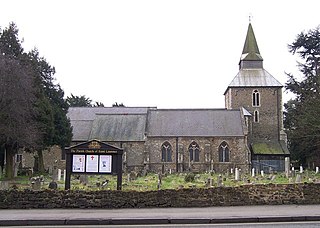
W. Gibbs Bartleet was an English Victorian architect.
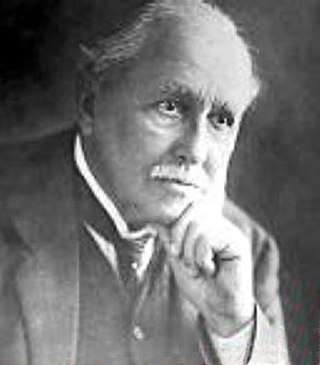
Cathcart William Methven FRSE was Engineer-in-Chief at Greenock on the Clyde, and appointed in 1888 as Harbour Engineer in Durban. Besides being an architect and able musician, he was, unusually, a gifted landscape artist and produced many fine paintings of Natal scenery. He founded the Durban Art Gallery in 1892.

James Brooks (1825–1901) was an influential English Gothic Revival architect and designer. Brooks established his reputation through a series of landmark churches built in the East End of London in the 1860 and 1870s, and was awarded the Royal Institute of British Architects' Royal Gold Medal in 1895.
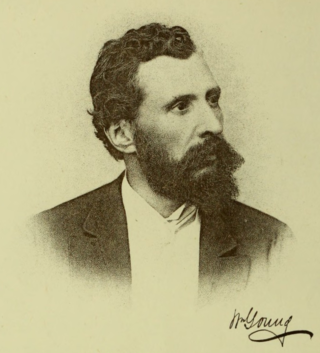
William Young was a Scottish architect, the designer of Glasgow City Chambers.
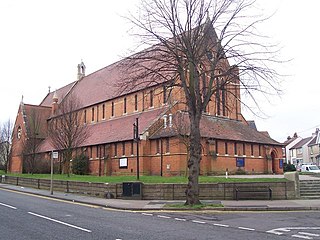
John Edward Knight Cutts (1847–1938) FRIBA was a prolific church architect in England.

Habershon & Fawckner or Habershon, Pite & Fawckner was a British architectural practice active in England and Wales from the 1860s, particularly in Cardiff and the South Wales area. They had had offices in London, Cardiff and Newport, designing a large number of houses, villas and non-conformist chapels.

Frank Barlow Osborn FRIBA was an English architect based in Birmingham.

Robert Evans FRIBA, JP was an English architect based in Nottingham.
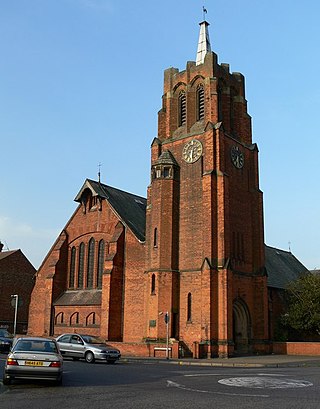
Stockdale Harrison FRIBA was an architect based in Leicester best known for Usher Hall, Edinburgh.

John Murray Robertson FRIBA was a Scottish architect who did much to change Dundee.

Arthur Billing (1824–1896), was a British architect.

Lieut-Colonel Herbert Walker FRIBA, M Inst CE, FSI, was an architect, surveyor and civil engineer based in Nottingham from 1870 to 1923.

John Dodsley Webster FRIBA (1840–1913) was an English architect who designed more than 15 churches in Sheffield in various Gothic styles, usually working to a tight budget. His work also included hospitals and commercial buildings, small country houses and private houses. All his known work was carried out in the South Yorkshire and North Derbyshire area except for a chapel and school built in Coventry.
Henry Stock (1824/5–1909) was a British architect. He served as the county surveyor for Essex for nearly 50 years, and as the surveyor and architect to the Worshipful Company of Haberdashers. The latter appointment led Stock to undertake a considerable number of educational commissions, but his primary field of activity was in the construction of manufacturing sites and warehouses in London.

James Tait FRIBA FRIBA was an architect based in Leicester.